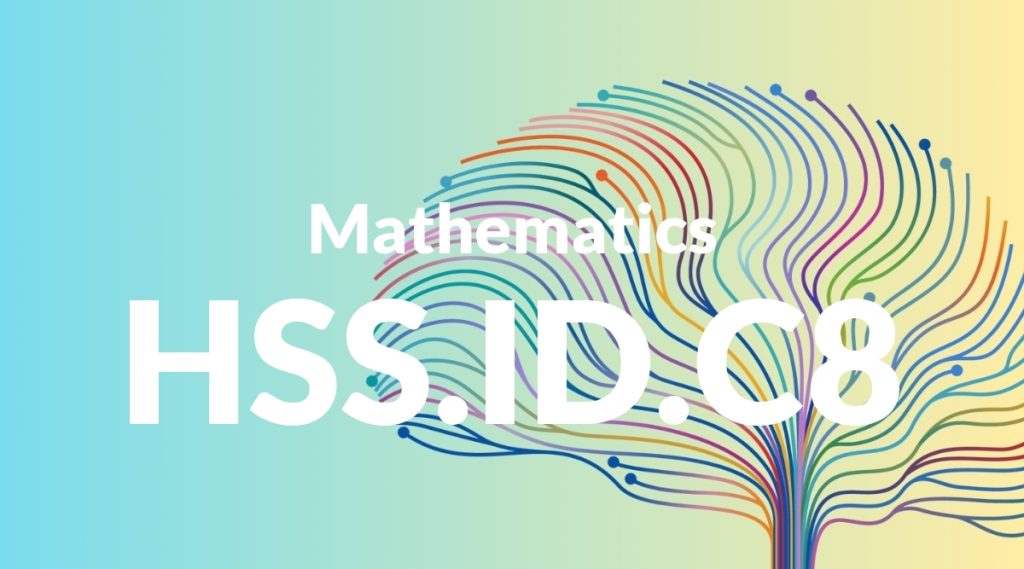Standard: HSS.ID.C8 – Compute (using technology) and interpret the correlation coefficient of a linear fit.
Grade level: High School: Statistics & Probability
Subject: Mathematics
Domain: Interpreting Categorical & Quantitative Data
Teacher Overview
This standard focuses on teaching students how to compute and interpret the correlation coefficient of a linear fit using technology. Understanding this concept is crucial for analyzing relationships between variables in various fields such as economics, biology, and social sciences. It helps students to critically evaluate data and make informed decisions based on statistical evidence. Students need to be comfortable with linear equations, scatter plots, and basic statistical measures. Familiarity with graphing technology and the concepts of slope and y-intercept is also essential.
Mastering this standard prepares students to tackle more complex data analyses, understand the limitations of correlation, and explore advanced statistical methods like regression analysis.
Common Misconception 1
A common misconception is that a high correlation coefficient implies causation. This is incorrect because correlation only indicates the strength and direction of a linear relationship between two variables, not a cause-and-effect relationship.
Intervention 1
Use real-world examples to illustrate the difference between correlation and causation. For instance, show that ice cream sales and drowning incidents are correlated but not causally related.
Common Misconception 2
Another misconception is that a correlation coefficient of zero means no relationship between the variables. This is incorrect as it only indicates no linear relationship; other types of relationships might still exist.
Intervention 2
Provide examples of non-linear relationships where the correlation coefficient is zero, but a clear pattern is visible when plotted, such as a quadratic relationship.
Prerequisite Knowledge
Students should have a basic understanding of linear equations, scatter plots, and how to use graphing technology. They should also be familiar with the concepts of slope and y-intercept, as well as basic statistical measures like mean and standard deviation.
Subsequent Knowledge
After mastering this standard, students will be able to apply correlation coefficients to more complex data sets, understand the limitations of correlation, and begin exploring causation versus correlation. They will also be prepared to delve into regression analysis and other advanced statistical methods.
Instructional Activities
- Using graphing calculators or software to compute correlation coefficients for given data sets
- Analyzing real-world data sets to find and interpret correlation coefficients
- Class discussions on the difference between correlation and causation
- Creating scatter plots and fitting lines of best fit to visualize data relationships
- Group projects where students collect their own data and analyze correlations




